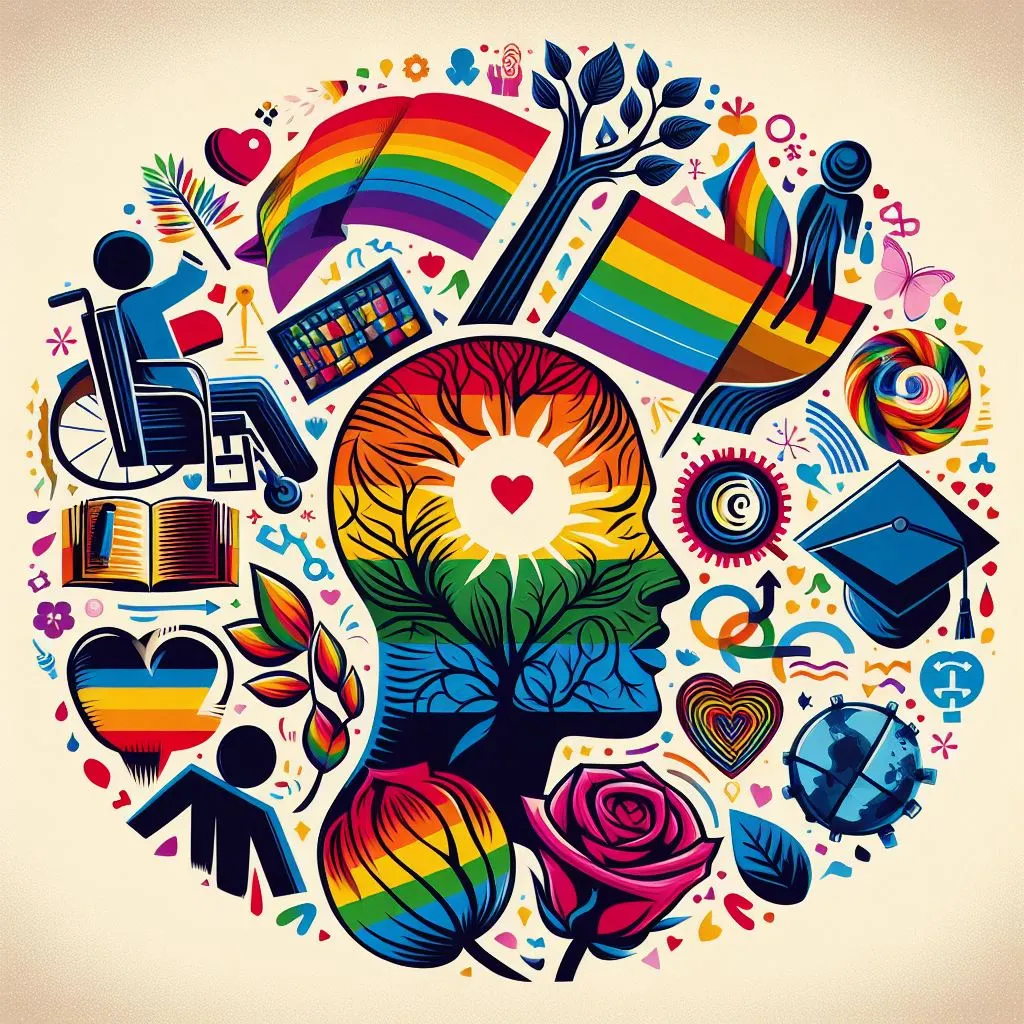We’re about to dive deep into the different aspects of identity, fam. It’s like peeling back layers of an onion—each aspect revealing a little more about who we are. From our passions to our beliefs, our experiences to our dreams, there’s so much that makes up our identity. So, buckle up and get ready to explore the complex and fascinating world of what makes us, us!” 🚀🧠
1. Personal Identity
The first aspect is our personal traits and characteristics. This includes things like our personality, temperament, interests and values. For example, some people see themselves as shy while others think of themselves as outgoing. Some value things like family above all else, while others prioritize their careers. Our traits influence how we act and react in different situations. They are shaped by both nature, through our genes and biology, as well as nurture from our environment and upbringing.
I already describe in details you can check!
2. Social Identity
Another important part of identity is our social roles and memberships. This refers to the different social groups and communities we belong to. Some examples are our roles as a parent, child, employee or friend. We also have memberships in things like ethnic or religious groups.
These social identities are largely determined by our surrounding culture and experiences. They influence how we interact with others and see our place in the world. Feeling a strong sense of belonging to certain groups is important for self-esteem and well-being.
3. Cultural Identity
The third aspect is our physical body and appearance. This includes things we are born with like our sex, height, skin color and facial features. It also includes things we have more control over like our hairstyle, clothing choices and tattoos. How we present ourselves physically plays a big role in how others perceive us and how we perceive ourselves. Our bodies are directly linked to our sense of gender and sexuality, which are core identity components for many.
4. Professional Identity
Our personal history makes up another key part of identity. This includes life events we’ve experienced as well as our family background and upbringing. Formative experiences in childhood like moving homes a lot versus living in one place can shape identity development.
Major life events in adulthood, both positive and negative, also contribute to how we see our life story. Our personal narrative and memories are what connect our past to our present self-concept.
5. Gender Identity
The final main aspect is our achievements and abilities. This involves talents we excel at, skills we’ve acquired, levels of education completed and career accomplishments. Feeling competent and productive in certain areas boosts our self-esteem. Conversely, facing challenges with learning or disabilities can impact self-perception. Perceived and actual intelligence, athleticism and job success all play a role in the identity we project to others and ourselves.
What are the unique aspects of identity?
There are so many unique layers that make up each individual’s sense of self. From an early age we start to develop our personality through how we interact with the world. Some are more outgoing, others prefer to observe – but we each have a distinct style that feels natural.
As we try new activities and learn about different causes, certain ones spark our passion and others don’t catch fire in the same way. Through this exploration of what inspires that drive within, our values start to become clear.
Whether artistic abilities that just seemed to come easily, or hard-earned skills from dedicating time to learn, we’ve all got our own bag of tricks. The fun is in sharing them with others and appreciating our differences.
Life has a way of shaping us through its lessons, both the joyous moments and tougher times. I try to focus on what those experiences have taught me.
Somewhere along the way we also start making sense of it all through the story we tell ourselves. It’s an ongoing journey of self discovery, for sure.
And how we choose to represent ourselves to the world, through both what we’re born with and what speaks to our personal flair – well, that’s the icing on the cake.
When I look around, I’m reminded daily that we’re each so uniquely layered in our own right. Our differences are what make life rich.
References
- Butler, J. (1990). Gender Trouble: Feminism and the Subversion of Identity. Routledge.
- Hall, S. (1990). Cultural Identity and Cinematic Representation. University of California, Santa Barbara.
- Higgins, E. T. (1987). Self-discrepancy: A theory relating self and affect. Psychological Review, 94(3), 319–340.
- Pratt, M. G., Rockmann, K. W., & Kaufman, J. B. (2006). Constructing professional identity: The role of work and identity learning cycles in the customization of identity among medical residents. Academy of Management Journal, 49(3), 459-482.
- Tajfel, H., & Turner, J. C. (1979). An integrative theory of intergroup conflict. In W. G. Austin & S. Worchel (Eds.), The social psychology of intergroup relations (pp. 33–47). Monterey, CA: Brooks/Cole.


